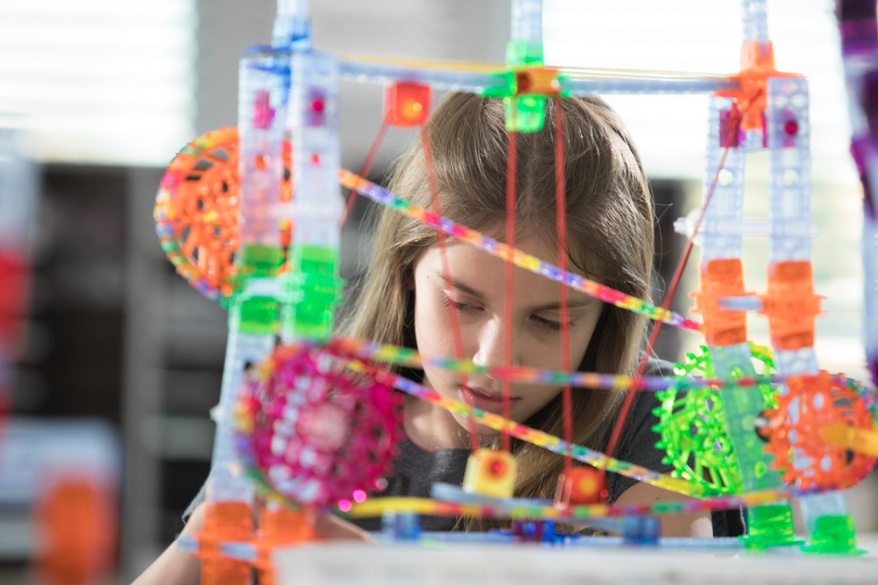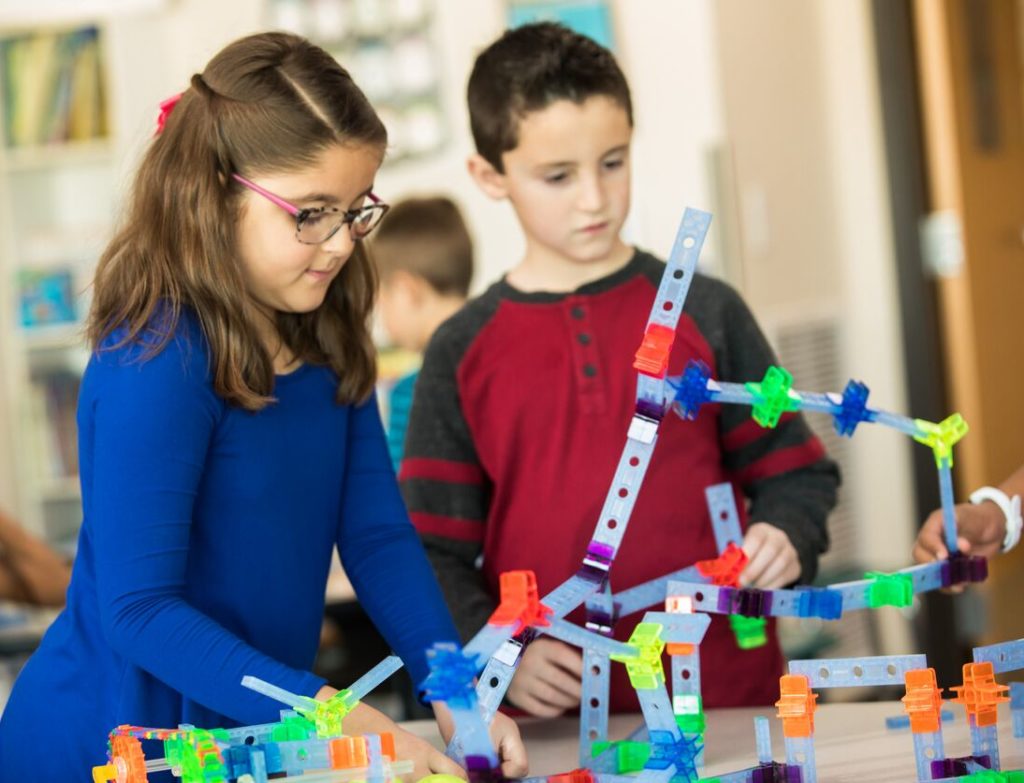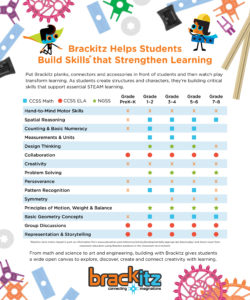 By Tina Brown
By Tina Brown
We first heard the term “STEM” several years ago. In May of 2013, the National Science and Technology Council introduced their five-year strategic plan. It was a 127-page report on how to strengthen American schools’ science, technology, engineering, and math education programs.
Essentially, the goal of this plan was to produce children who would eventually be competitive in an international job market. However, within a few years of the STEM hype, educators realized there was something missing.
The Missing Element in STEM
The missing element can be best illustrated by relating a fellow teacher’s experience:
Mrs. Hand was a fifth-grade art teacher. “It was my very first class and I had just finished explaining our art assignment, but no one moved to get started. It was so silent you could hear a pin drop and I had 25 pairs of eyes staring back at me. Finally, one child asked, ‘But Mrs. Hand, what do you want us to draw?’”
It was at this moment she realized that while her students may have been receiving a wonderful STEM education, they were lacking opportunities to learn how to be creative as part of their curriculum. In her blog, she recalls, “By fifth grade, these students had mastered how to follow directions and reproduce what the teacher wanted. They had no idea how to start and communicate their own idea.”
Creativity is not about paint and crayons. It’s about taking an idea or inspiration and bringing it to life. Creativity is one of the things that makes us human and makes life interesting.
STEM + Creativity = Open-ended skills for the future
Creativity is a key component if we are to remain competitive in an international job market as proposed by the National Science and Technology council. As educators, we know we are preparing children to live and work in a world where technology is developing so quickly that the technology we use today will be obsolete in approximately 5-10 years.
This is a tall order for educators. How do you prepare when you don’t know what the goal is? Further, some educators feel daunted by the prospect of adding STEM into their classrooms. The simple fact is, STEM education should teach students how to think, not what to think.
It is clear that creativity learned through arts education should be included in STEM education so children are learning how to develop their innovative thought processes or growth mindset. This goal requires critical thinking activities such as Brackitz building systems.
Introducing Brackitz!

Brackitz provides children with a opportunity to explore, create, test, grow, and learn, qualities that they will take with them wherever their journey will take them in the 21st Century. Brackitz are a connect-anywhere building toy that connect at any point or any angle. Students can design any structure they can imagine! Their only limit truly is their imagination. This type of educational toy engages children’s creativity while learning key STEM concepts in every subject area.

With the award-winning Brackitz systems, you’ll be able to incorporate not just STEM but STEAM into your classroom.
Educational Innovations is delighted to have these open-ended kits available. There’s the 100-piece Inventor Kit, the 43-piece Driver Kit, plus three kits designed to work with the 320-piece Brackitz Education Structures Kit— the brand-new Wheels & Axles, Pulleys & Cranks, and last but not least, Gears, Sprockets & Chains! If you choose the Brackitz Complete STEAM Center, you’ll get all three of those kits plus much more.
Click on the graphic below for a larger view of the many skills that your students will build using the Brackitz system.


